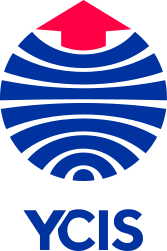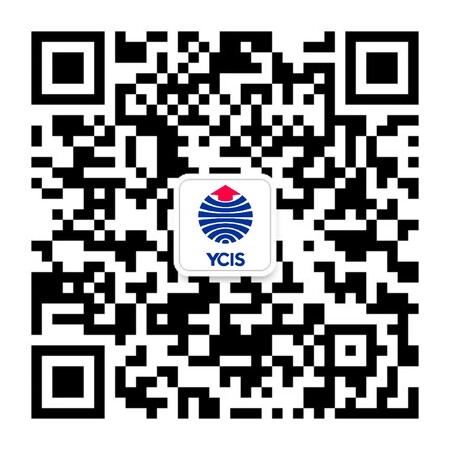Go Back
News
News
Teacher Talks: YCIS Beijing’s New Artist-in-Residence
News
09 Feb, 2018
10 : 00
The Yew Chung International School of BeijingArts Department is excited to welcome Wang Liujian as our new Artist-in-Residence. Believing that it’s important for children to be exposed not just to teachers with expertise in a variety of fields, but also to working artists practicing those expertise in professional contexts, the Yew Chung Artist in Residence Programme brings working artists into the classroom to stimulate students’ curiosity and broaden their perspectives.
In this week’s Teacher Talks, we speak with Mr Wang to learn more about his background and inspirations, as well as his involvement in the recent Peking Opera Masks Project that was a part of this week’s Chinese New Year activities.
Please introduce yourself.
My name is Wang Liujian. I was born in Shandong, China and have been stationed in the Shangyuan Art Museum, mainly engaged in the fields of oil painting and sculpture.
How did you become interested in the arts?
My initial interest in art came from seeing Lucian Freud's oil paintings. His every stroke is meticulously precise and carefully planned. Moreover, his dedication to painting deeply inspired me and has influenced my approach to painting as well.
Who are some of the artists you’ve been most influence by?
In additional to Freud, I’ve been greatly influenced by the works of Giorgio Morandi and Mark Rothko.
I’ve long enjoyed Morandi’s paintings, as they contain both a depth and simplicity that’s been inspiring to me and helped me to grow. Rothko’s works, meanwhile, express a profound, though beautiful, look at the challenges he’s undergone.
Please explain your role at YCIS Beijing as the Artist in Residence.
As the Artist in Residence, I’m able to work closely with Art Teachers Allison Cusato and Johan Swart, and I’ve enjoyed exchanging ideas with them and then working together to best inspire and encourage our students. As every individual is unique and expresses themselves in different ways, having teachers with multiple perspectives and backgrounds helps students to develop their own voices and styles.
Could you explain the Mask Project, and how it tied in to this week’s CNY activities?
The Mask Project was a collaboration between the Arts Department and the Chinese Department. Students first learned about Peking Opera during their Chinese culture classes and then began to work with Ms. Cusato in their art classes to brainstorm ideas for creating their own Peking Opera masks.
As they began making their masks, I was able to assist and give constructive advice to the students as they crafted and painted their works. Finally, during the Temple Fair last Tuesday, the masks were used in a Chinese-themed student fashion show.
What benefits does it provide students to have access to an Artist in Residence?
It helps to give them freedom of expression. I’m able to supplement Ms. Cusato’s lessons in teaching them painting, sculpture, installation, and photography, as well as knowledge of art history and artistic styles.
In expanding students' horizons, it teaches them the steps and methods of artistic creation, emphasizing that the soul of an artwork is thought.
How is an arts education important even for child who will pursue careers and other fields, such as science or mathematics?
In today’s modern society, the progress of science and technology must be accompanied by creativity and artistic innovation. Contemporary art has broken from its once rigid boundaries and embraces politics, literature, philosophy, science and technology.













